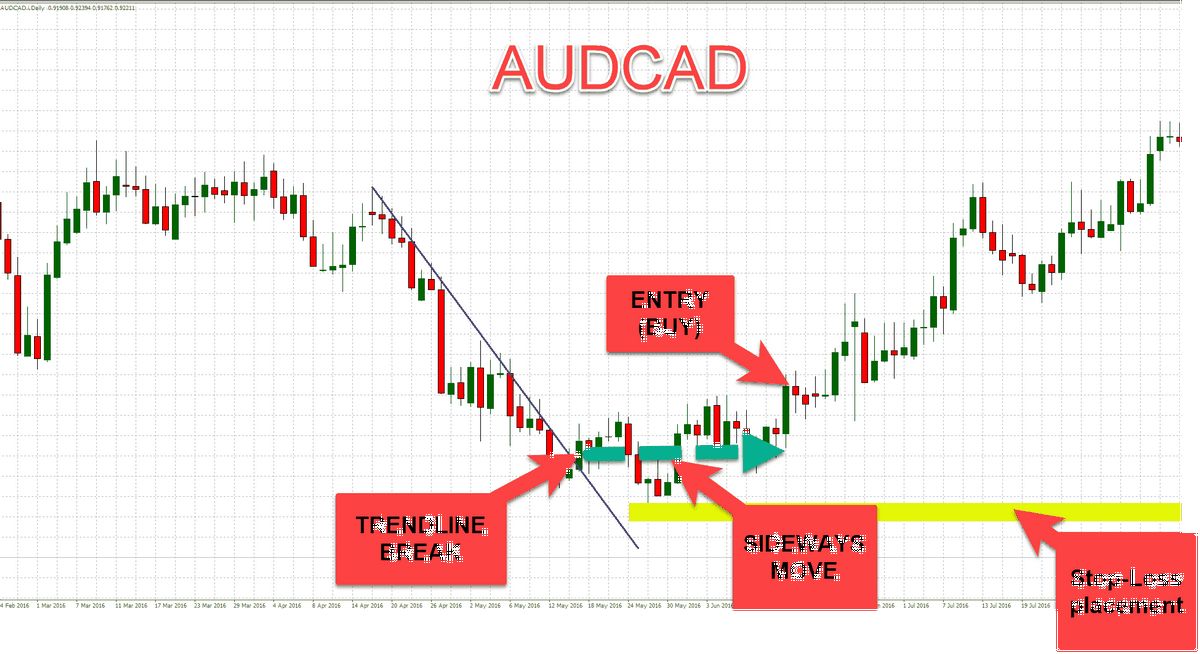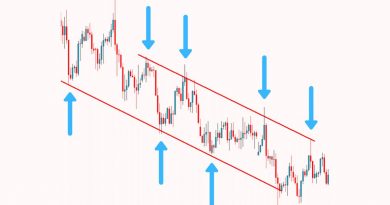What Is a Contrarian Strategy in Trading Risks and Rewards

Contrarian investing involves intentionally going against prevailing market trends. Investors sell when others are buying and buy when most investors are selling. Warren Buffett, the CEO of Berkshire Hathaway, is a well-known contrarian investor.
Contrarians believe that people who predict a market upturn are already fully invested and have no more purchasing power, indicating that the market has reached its peak. Conversely, when people predict a downturn, they have already sold out, and the market can only go up from there.
Key Takeaways:
– Contrarian investing goes against market trends to generate profits.
– Markets are influenced by fear and greed, causing them to be over- or underpriced periodically.
– Contrarians see opportunities in stocks that are undervalued.
– Being a contrarian can be rewarding, but it comes with risks and may take time to pay off.
– Contrarian investing requires significant research to find undervalued stocks.
Understanding Contrarian Strategy:
Contrarian investing involves going against the investor sentiment. Contrarians enter the market when others feel negative, believing that the value of the market or stock is lower than its intrinsic value. They take advantage of pessimism among other investors, buying undervalued stocks before sentiment improves and share prices rebound.
According to David Dreman, a contrarian investor and author, investors overreact to news and overprice "hot" stocks while underestimating distressed stocks’ earnings. This creates an opportunity for contrarian investors to choose undervalued stocks.
Special Considerations:
Contrarians often target distressed stocks and sell them once the share price has recovered. They believe that herd behavior in the market is not a good investment strategy.
However, contrarians may miss out on gains if bullish market sentiment proves true and undervalued stocks remain undervalued if sentiment stays bearish.
Contrarian Investing vs. Value Investing:
Contrarian investing is similar to value investing as both strategies seek undervalued stocks. Value investors believe that the market overreacts to news, causing short-term stock price movements to deviate from a company’s long-term fundamentals.
Contrarian investors and value investors both look for undervalued securities, blurring the line between the two strategies.
Examples of Contrarian Investors:
Warren Buffett is a notable contrarian investor who advises being fearful when others are greedy and greedy when others are fearful. During the 2008 financial crisis, Buffett bought American stocks, including Goldman Sachs Group, Inc., which performed well years later.
Sir John Templeton, a contrarian investor, founded the Templeton Growth Fund and had significant success with his investments.
Limitations of Contrarian Investing:
Contrarian investing requires extensive research, as undervalued stocks can be challenging to find. It may take time before an undervalued stock becomes profitable, and contrarian investors may experience periods of underperformance.
What Is Contrarian Investing?
Contrarian investing involves seeking profit opportunities by going against the current market sentiment. Contrarians are bearish when the market is bullish and vice versa.
Who Are Some Famous Contrarian Investors?
Billionaire contrarians often use deep value investing, analyzing stocks they believe are trading significantly below intrinsic or book value. These investors look for companies with discounted share prices and acquire large stakes, anticipating future profits.
Note:



